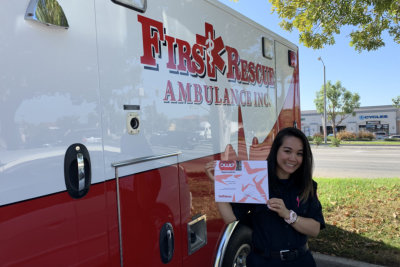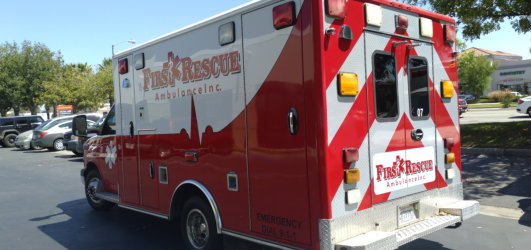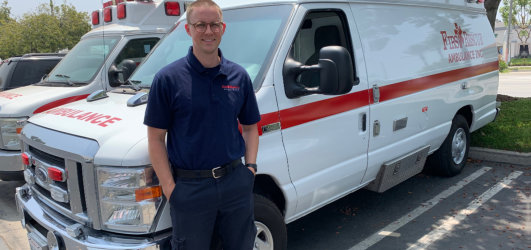 How to become an EMT
How to become an EMT
Prerequisites
Common prerequisites for enrolling in EMT training include the equivalent of a high school diploma and proof of cardiopulmonary resuscitation (CPR) certification. The American Heart Association (AHA) and the Red Cross offer CPR certification. Most EMT schools offer this class as part of the training.
Course topics discussed in CPR certification programs may include CPR for infants, adults, and children; use of defibrillators; and choking relief strategies. Students typically learn through lectures and hands-on practice with simulated victims. After candidates complete the program, their certification is usually good for up to two years before individuals must recertify.
To gain a better understanding of the human body, it is recommended that high school students take several courses related to human biology. Potential courses may discuss the anatomy of the body and how different bodily systems interact with one another.
Complete EMT-Basic Training
Complete an EMT-basic training program. Community colleges and vocational institutions offer EMT training at the basic level. Students must complete training courses approved by the California Emergency Medical Services Authority (EMSA). Topics covered in these training courses might include strategies for identifying illness symptoms, stabilizing trauma patients, and transporting patients, along with protocols for communicating with other medical personnel.
Programs typically require at least ten clinical hours of ride-along experience to pass basic training and meet state requirements. Additionally, students must complete labs and take final exams. During clinical training, students may learn about administering oxygen to patients, assessing immediate patient needs, and utilizing other basic life support techniques.
Take the NREMT Exam
The National Registry of Emergency Medical Technicians (NREMT) offers the exam that all EMTs must take to be eligible for licensing in the state of California. Upon passing the exam, individuals will be NREMT-certified. To take the exam, applicants must have completed a recognized EMT training program and be no younger than 18 years old. The exam covers emergency medical service questions, especially questions related to patient care techniques for children and adults. Those who successfully pass the exam will be certified for two years.
The NREMT recommends that all exam candidates take plenty of time to review certain texts, such as EMT training manuals, updated CPR guidelines, and any additional exam preparation texts. Each electronically administered test provides different questions at random, so there is no standard set of questions that will be asked on every exam. Nevertheless, some study guides may provide examples of how questions are asked, which may prove to be useful to some students.
Get California License
After passing the NREMT exam, individuals must register with the emergency medical services (EMS) agency within their county. According to the EMSA, some EMS agencies have additional licensing requirements. For example, several EMS agencies may require applicants to pass a background check prior to becoming licensed EMTs in California.
To avoid problems, it is recommended that individuals contact their county EMS agencies to find out licensing regulations. California requires each EMT to be licensed through the county of employment, so individuals who work in multiple counties may need to meet licensing requirements in each of those regions.
Useful links
Los Angeles County EMS Agency
http://dhs.lacounty.gov/wps/portal/dhs/ems/
Approved EMT programs in Los Angeles County
http://file.lacounty.gov/SDSInter/dhs/1021192_PublicAppEMTPrograms201703.pdf
California Emergency Medical Services Authority
https://emsa.ca.gov/emt/





